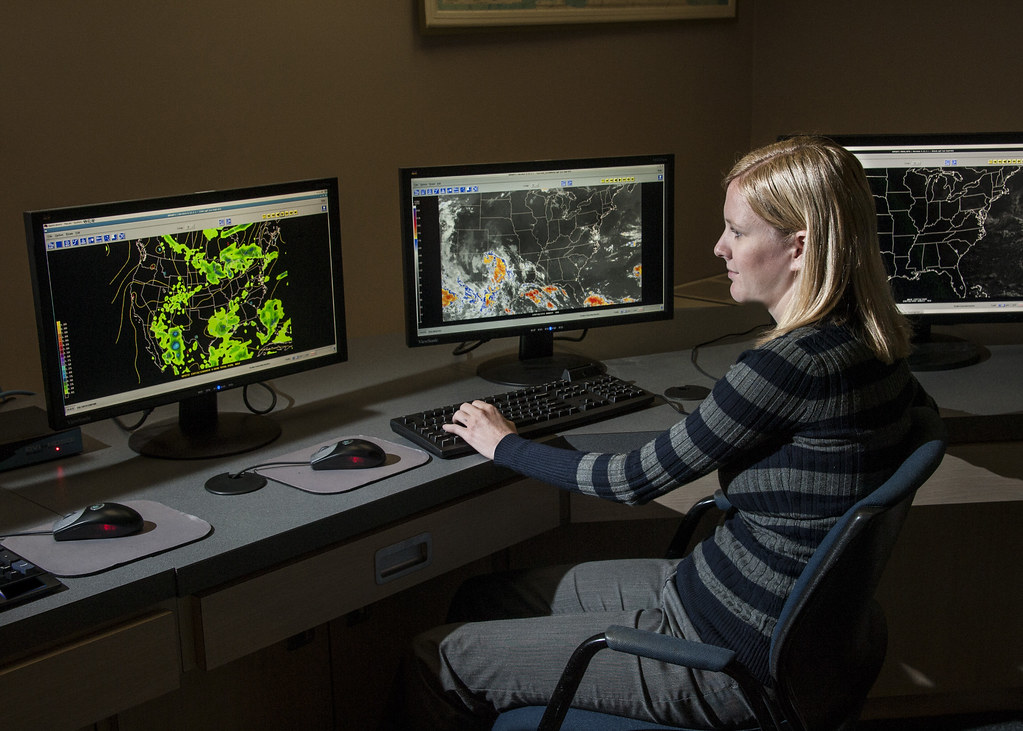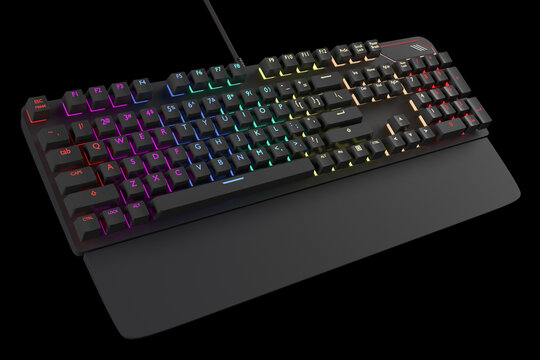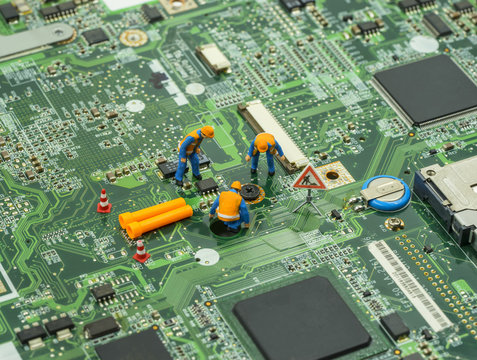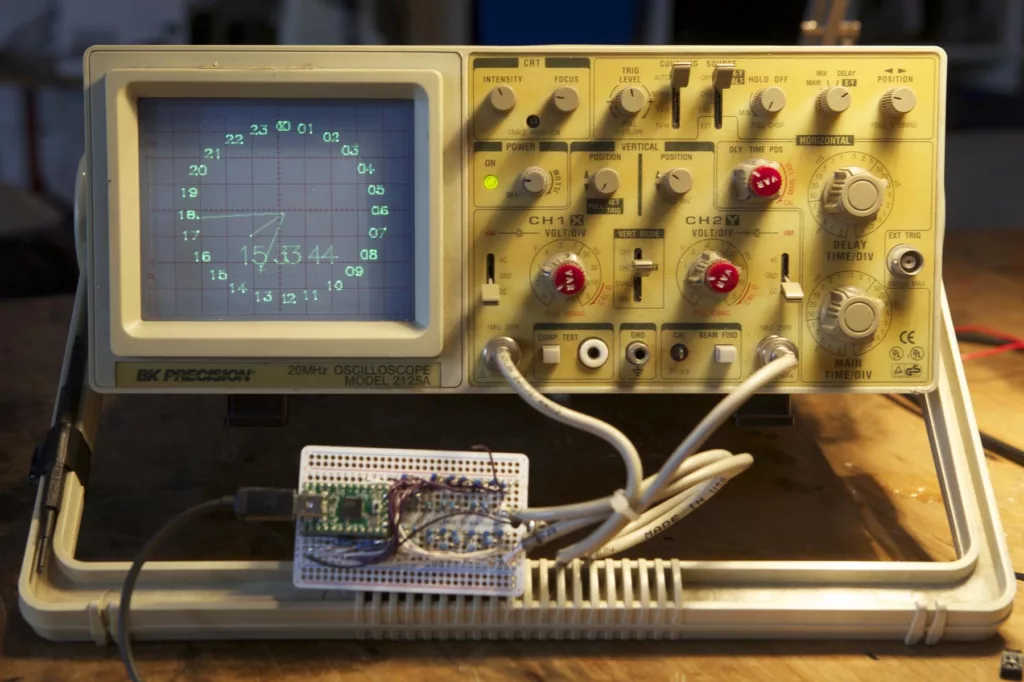Are you tired of constantly switching between tabs or windows on your computer screen? Do you wish you had a bigger display to make multitasking easier? Look no further than a dual monitor setup! While it may seem intimidating at first, setting up two monitors is actually simpler than you might think. In this guide, we’ll walk you through the steps to set up dual monitors using HDMI cables, so you can boost your productivity and take your work or gaming experience to the next level. So grab your extra monitor and let’s get started!
Introduction: Why Dual Monitors Are a Game Changer for Your Workstation
Dual monitors can be a game changer for your workstation, increasing productivity and efficiency. With two screens, you can have multiple applications and windows open simultaneously, allowing you to seamlessly transition between tasks without having to constantly minimize or maximize windows. Whether you’re working on a project that requires research, design work, or data analysis, dual monitors provide the space and flexibility needed to get the job done.
But setting up dual monitors with HDMI might seem daunting if you’ve never done it before. Don’t worry though – we’ve got you covered! In this guide, we’ll outline everything you need to know about setting up dual monitors using HDMI technology. From choosing the right hardware to troubleshooting common issues that may arise during setup, we’ll guide you through every step of the process so that you can enjoy all the benefits of a dual monitor setup with ease.

Understanding HDMI: A Quick Overview of the Technology
HDMI (High-Definition Multimedia Interface) is a type of digital interface that allows for the transmission of high-quality audio and video data over a single cable. It was first introduced in 2002 and has since become one of the most common types of connection used for modern display devices.
One of the benefits of using HDMI is its ability to support high resolutions, such as 4K Ultra HD, which can provide crystal-clear visuals on compatible monitors or TVs. Additionally, it supports multi-channel audio so you can enjoy immersive sound along with your videos or games.
When setting up dual monitors with HDMI, it’s important to understand how this technology works and what specific components you need to make it happen seamlessly. By following our step-by-step guide and considering some tips we’ve provided below, you’ll be able to optimize your dual monitor setup for maximum productivity.

Choosing the Right Hardware: What You Need to Get Started
To set up dual monitors with HDMI, you will need compatible hardware. First, check if your computer has an HDMI port or if it requires an adapter. Most modern computers have built-in HDMI ports that support multiple displays. If not, you can use a USB to HDMI adapter for one of the displays.
Next, choose matching monitors with compatible resolutions and refresh rates. Ideally, both should be the same size and model for consistency in color accuracy and brightness settings.
If your computer only has one port, purchase an additional video card or docking station that supports dual-monitor setups through HDMI connectors.
Lastly, make sure you have enough cables to connect each monitor securely to your computer’s graphics card using their respective display ports. Consult your user manuals on how to properly connect everything before powering them up.

Step-by-Step Guide: How to Set Up Dual Monitors with HDMI
Setting up dual monitors with HDMI is a straightforward process that can significantly improve your productivity. Here’s how to do it:
-
Check your computer’s video output ports: Most modern computers have an HDMI port, but some may have DisplayPort or DVI ports instead. Make sure you have the right cables and adapters for your setup.
-
Connect the monitors: Plug one end of the HDMI cable into your computer’s HDMI port and the other end into the first monitor’s HDMI port. Repeat this process for the second monitor.
-
Configure display settings: Right-click on your desktop and select “Display settings.” From there, you can choose how you want your displays to be arranged and adjust resolution and scaling settings.
-
Adjust monitor settings: Use the buttons on each monitor to adjust brightness, contrast, and other display settings until they match.
With these simple steps, you can enjoy the benefits of a dual monitor setup with HDMI.
Tips and Tricks for Optimizing Your Dual Monitor Setup
Choosing the Right HDMI Cable for Your Dual Monitor Setup
When choosing the right HDMI cable for your dual monitor setup, it’s important to consider both speed and length. A high-speed HDMI cable is needed if you plan on using a refresh rate higher than 60Hz or streaming at 4K resolution. Additionally, be sure to select a length that fits your workspace without excess slack or strain on the connection. For longer distances, use an active HDMI cable instead of a passive one to maintain signal quality. Keep in mind that higher price does not always equal better performance; choose a reputable brand with positive reviews within your budget range.
Tips and Tricks for Aligning Multiple Monitors Perfectly
To optimize your dual monitor setup, it’s important to align them perfectly. Proper alignment ensures that there is no gap or overlap between the monitors. One way to achieve this is by adjusting the display settings on your computer. Go to “Display Settings” and select “Identify” to determine which monitor corresponds with each number on the screen. You can then drag and drop each monitor in place so they match up perfectly.
Another tip for perfect alignment is using a physical stand or mount, which will keep both monitors at the same height and angle. This not only improves ergonomics but also makes it easier to adjust them as needed throughout the day. By following these tips, you’ll ensure a seamless and productive experience every time you use your dual monitors with HDMI setup.
Maximizing Productivity with Customized Screen Layouts
Customizing your screen layout is a great way to maximize productivity when using dual monitors with HDMI. By arranging your windows and applications in a way that suits your workflow, you can streamline your tasks and work more efficiently. One popular layout is to have one monitor dedicated to your primary work area, such as a document or spreadsheet, while the other monitor displays supporting information like email or research material. You can also experiment with different layouts to find what works best for you. Remember to adjust the resolution and scaling settings to ensure that everything looks clear and crisp on both monitors.
Troubleshooting Common Dual Monitor Connectivity Issues
If you encounter dual monitor connectivity issues, don’t panic. Here are some troubleshooting tips to help you get your setup working smoothly:
-
Check your cables: Make sure all cables are securely connected and not damaged. Try switching out the HDMI cable with a new one to see if that resolves the issue.
-
Update drivers: Make sure your graphics card drivers are up to date. Go to the manufacturer’s website and download the latest drivers for your specific model.
-
Adjust display settings: If one monitor is not displaying correctly, try adjusting the resolution or refresh rate in your display settings.
-
Restart your computer: Sometimes a simple restart can fix connectivity issues.
By following these tips, you can ensure that your dual monitor setup with HDMI is running smoothly and efficiently.

Troubleshooting Common Issues: How to Fix Display Problems
Troubleshooting display problems is an essential part of setting up dual monitors with HDMI. One common issue that users face is having a blank screen on one monitor or having the same image displayed on both screens. To fix this, ensure that your computer graphics card supports multiple displays and check if the cables are properly connected. Sometimes, updating the graphics drivers can also resolve display issues.
Another issue can be with resolutions where one monitor may have a different resolution than the other, causing misalignments and overlaps between windows. Adjusting the display settings in your computer’s control panel can help fix this problem. Lastly, make sure to use high-quality HDMI cables to avoid connectivity issues and flickering screens.
By following these troubleshooting tips for common issues, you’ll be able to set up dual monitors seamlessly and enjoy all their benefits without any interruptions!
Conclusion: Enjoying the Benefits of a Dual Monitor Setup
Whether you’re using dual monitors for work or play, the benefits are undeniable. By increasing your screen real estate, you can boost productivity and enhance your multitasking capabilities. However, setting up dual monitors can be a daunting task for some users. With this HDMI setup guide, we hope to have made the process easy and straightforward.
Once you’ve completed the setup process outlined in section 4, there are a few additional tips and tricks that can help optimize your dual monitor experience. For example, adjusting display settings such as resolution and orientation can ensure that each monitor is working to its full potential.
If you encounter any issues with your new setup, don’t worry – section 6 provides troubleshooting solutions for common problems like flickering displays or audio issues.
Overall, with a little guidance and patience during the setup process, adding a second monitor via HDMI can open up limitless possibilities for improved productivity and enhanced entertainment experiences.
In conclusion, setting up dual monitors with HDMI is a great way to enhance your productivity and improve your overall workstation experience. With the right hardware and a step-by-step guide, you can easily create a dual monitor setup that works for you. Remember to optimize your setup with tips and tricks, and troubleshoot any issues that may arise. We hope this guide has been helpful in getting you started on your dual monitor journey. For more technology-related content, be sure to check out our other articles and resources. Happy computing!
Questions
Q: Who can benefit from setting up dual monitors with HDMI?
A: Anyone who wants to increase productivity or improve their gaming experience.
Q: What equipment do I need to setup dual monitors with HDMI?
A: You will need two HDMI cables, two monitors, and a computer or laptop with a graphics card that supports dual monitors.
Q: How do I setup dual monitors with HDMI?
A: Connect one end of each HDMI cable to your computer/laptop and the other to the monitors. Then, configure the display settings on your computer to extend the desktop across both monitors.
Q: What if my computer doesn’t have a graphics card that supports dual monitors?
A: You can purchase a USB to HDMI adapter or a docking station with HDMI ports to connect your second monitor.
Q: How do I adjust the resolution and orientation of my dual monitors?
A: Right-click on the desktop and select “Display Settings.” From there, you can adjust the resolution, orientation, and position of each monitor.
Q: What if I encounter issues with my dual monitor setup?
A: Try updating your graphics card drivers or checking the connections. You can also consult the user manual for your specific monitor or computer for troubleshooting tips.

